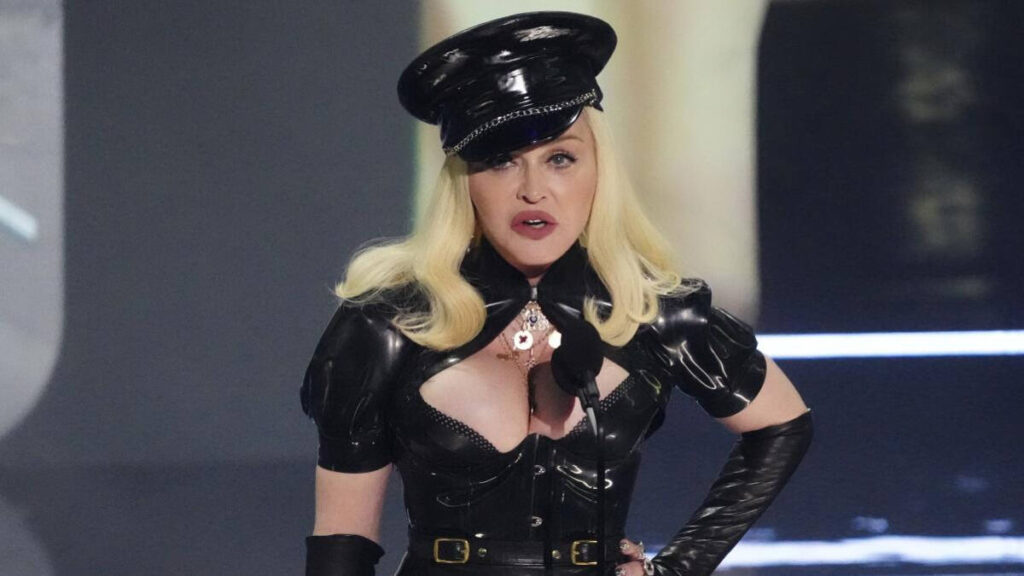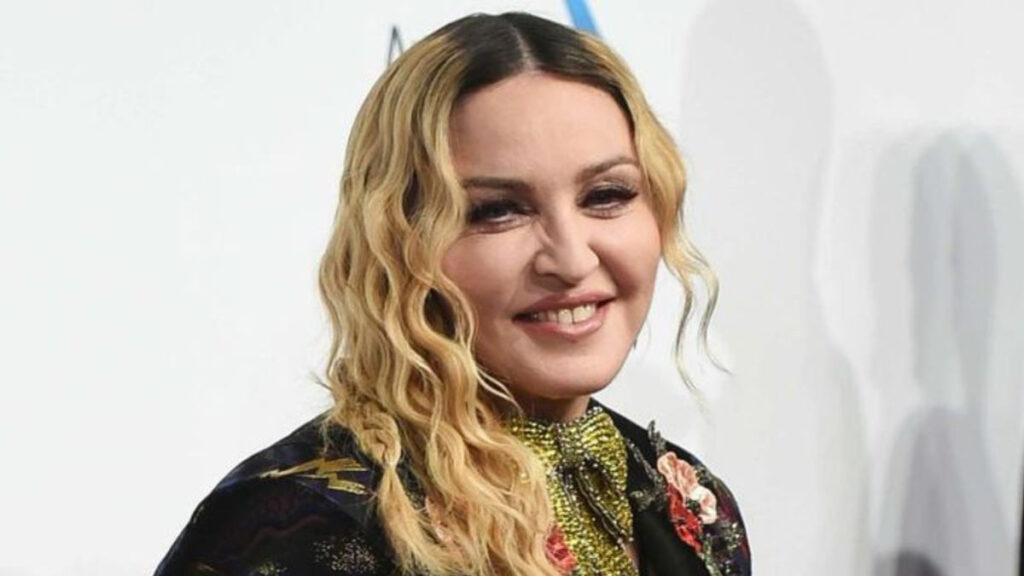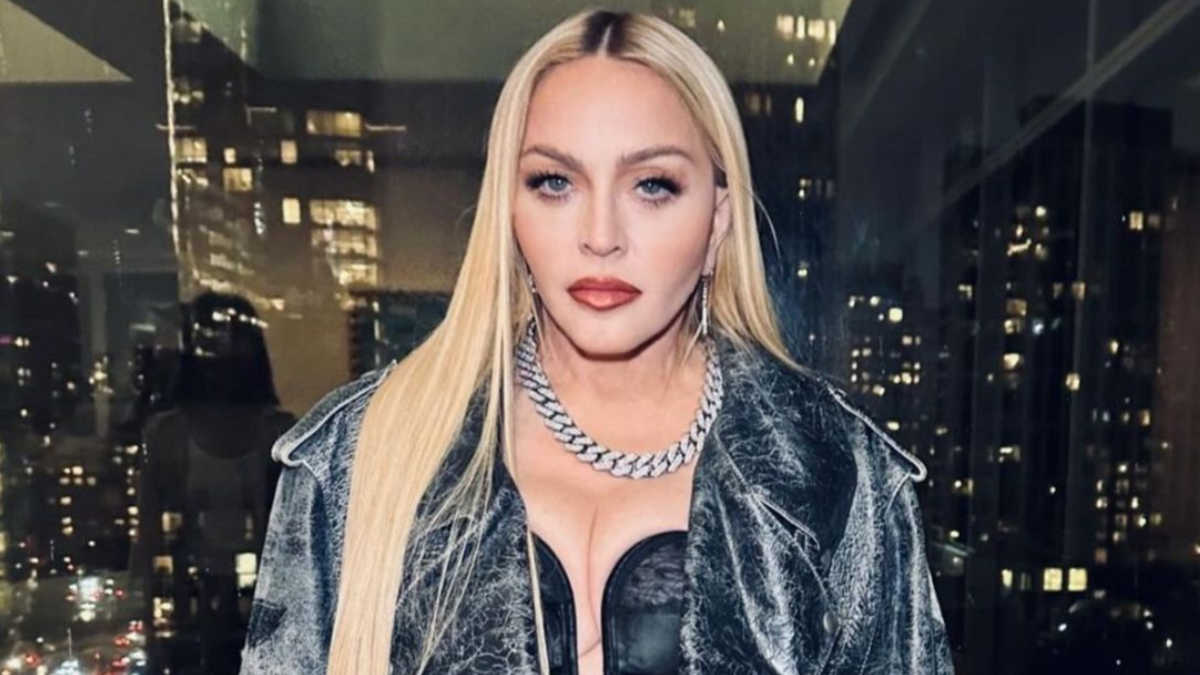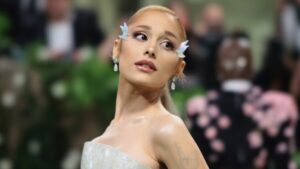Imagine a 26-year-old Madonna stepping onto the stage at the 1984 MTV Video Music Awards, the world watching as she strutted through her now-iconic “Like a Virgin” performance. Her daring, boundary-pushing style not only captivated millions of viewers, but it also launched her into a level of fame few could have predicted. From that moment, Madonna was no longer just a pop star — she was a brand. Her “Material Girl” persona became an instant cultural touchstone, one that would both define and ironically subvert her relationship with wealth. What started as a persona has evolved into a vast, multi-faceted empire.
Madonna’s fortune is more than just the sum of record sales and global tours. It’s a testament to a woman who mastered reinvention, leveraged fame, and strategically built a business empire from her artistry. This timeline isn’t just a financial overview; it’s the story of how Madonna’s net worth grew alongside her influence, shaping not only her career but the entire entertainment industry. From her first breakthrough album to her latest ventures in 2025, we’ll trace the key moments that turned a young pop star into a global mogul.
The Rise of a Superstar (1983–1989) – Laying the Groundwork
From the Debut of “Holiday” to Icon Status
When Madonna moved to New York in the late 1970s, she was a young woman with little more than dreams and determination. The city’s gritty music scene was a stark contrast to her small-town beginnings, and the competition was fierce. Early on, she worked multiple jobs and even survived on ramen noodles, all while honing her craft. Her first breakthrough, the single “Holiday,” hit in 1983, signaling the start of a meteoric rise. At this stage, record deals were the key to financial success — Madonna’s deal with Sire Records, though not groundbreaking at the time, reflected her potential as a marketable artist.
What set her apart was her ability to tap into the zeitgeist, mixing her edgy persona with catchy, danceable tunes. With early tours and album sales fueling her wealth, Madonna proved she wasn’t just a singer — she was a savvy businesswoman. By the mid-80s, she was already carving a space for herself in an industry largely dominated by men, and her financial growth began to mirror her cultural influence.
The Power of “Material Girl”
“Material Girl” wasn’t just a song — it became Madonna’s cultural signature. Released in 1984, the track catapulted her into the stratosphere, turning her into the face of 80s consumerism and the desire for status. But rather than merely embodying the “materialism” she sang about, Madonna cleverly subverted it, turning the persona into a powerful brand. The song’s success led to lucrative product placements and endorsement deals, from Pepsi commercials to her collaboration with fashion labels.
By embracing this larger-than-life image, Madonna wasn’t just creating controversy for attention; she was monetizing it. Her fashion choices became iconic, and her image was as much a marketing tool as her music. Even before she was recognized as a business mogul, Madonna showed a keen ability to leverage her brand and transform it into a global financial powerhouse.

Expanding the Empire (1990–1999) – The Queen Conquers More Than Music
From Music to Film and Fashion
Madonna’s ambition stretched far beyond music in the 1990s, positioning herself as a true multi-hyphenate. She took bold steps into acting with her Oscar-nominated role in Evita (1996), a move that wasn’t just a career pivot, but a financial one. While critics were mixed, the film’s success cemented her as a legitimate actress. But her foray into fashion, particularly with her Material Girl clothing line launched in 1985, showed her keen business sense. She wasn’t merely capitalizing on a pop culture trend — she was shaping it.
However, these ventures weren’t always smooth sailing. Her fashion line, despite initial popularity, faced struggles as the market shifted. Still, Madonna’s ability to leverage fame into tangible assets was unmatched. Unlike her peers, who often stayed within the music industry’s confines, Madonna monetized every new persona — from Sex to Truth or Dare, continuously reinventing herself and turning each new chapter into a profitable venture. In an era without social media, this ability to remain relevant and drive revenue through diverse channels was nothing short of groundbreaking.
For a closer look at how ventures like the Material Girl clothing line and MDNA Skin shaped her business empire, explore Madonna’s brand ownership strategy.
Pushing the Boundaries of Celebrity Culture
Madonna’s genius lay in her ability to provoke and monetize controversy. Far from shying away from the spotlight, she used it to fuel her brand. The 1992 release of her Sex book, a provocative visual diary filled with explicit imagery, was criticized by many, yet it flew off shelves, solidifying her status as a cultural disruptor. This was no accident — Madonna knew that controversy would only elevate her visibility and fuel demand. Her Like a Prayer video, which featured religious imagery and themes of sexual liberation, was equally polarizing, but it sparked conversation and controversy, ultimately increasing record sales.
Being polarizing was part of Madonna’s financial model. Each scandal and headline wasn’t just about shock value; it was a calculated strategy to keep her in the public eye, create a buzz, and build a brand that was impossible to ignore. She paved the way for modern “personal brand” marketing, where attention — no matter how divisive — directly translated into income, merchandise, and ticket sales.
Entering the 21st Century – Reinvention and Reinforced Wealth
Digital Era and Music Streaming
As the music industry shifted from physical albums to digital formats, Madonna proved herself to be a savvy veteran, adept at navigating this disruption. While many artists struggled with the decline of CD sales, Madonna capitalized on the rise of streaming platforms. In the mid-2000s, she signed a lucrative deal with Live Nation, a move that allowed her to capitalize on concert revenues, merchandise, and digital rights. She also took proactive steps to protect her wealth by retaining control of her catalog, which became a valuable asset in the age of streaming.
By licensing her music to streaming services like Spotify and Apple Music, Madonna ensured a steady income stream despite the decline of physical media. She also took advantage of her extensive catalog by entering into high-paying endorsement deals and commercial partnerships, showing that her financial acumen matched her legendary musical talent. Through these strategic moves, Madonna proved she wasn’t just a pop star — she was a business mogul prepared for the future.
Real Estate & Business Ventures
Madonna’s fortune didn’t grow on music alone — her success is rooted in strategic diversification. In the 1990s, she co-founded Maverick Records, which signed major acts like Alanis Morissette and added tens of millions to her net worth. But beyond music, she became a quiet force in real estate. She’s owned multimillion-dollar properties in London, New York, Los Angeles, and Portugal, including a lavish Lisbon estate bought during her son’s soccer training there.
These investments weren’t just for luxury; they were smart, appreciating assets that built long-term wealth. Madonna also launched ventures like Hard Candy Fitness and a skincare line, MDNA Skin, testing new industries with calculated risk. While not every project was a blockbuster, her consistent expansion into real assets and ownership models reveals a bigger picture: Madonna isn’t just a performer — she’s a diversified investor with an empire that extends far beyond the stage.
Explore Madonna’s global real estate portfolio to see how property investments added millions to her net worth.
Peak Wealth and Legacy Status (2010–2019) – The Billion-Dollar Brand
The Billionaire Threshold
By the 2010s, Madonna had reached a rare echelon — not just as a cultural icon, but as a billion-dollar brand. Her Sticky & Sweet Tour alone grossed over $400 million, making it the highest-grossing tour by a solo artist at the time. With each global tour, she mastered the art of upselling through exclusive merchandise, VIP experiences, and licensing deals that turned her concerts into full-blown commercial ecosystems.
But perhaps her most lucrative asset was nostalgia. Rather than fading into legacy status, Madonna repackaged her past into premium content — from deluxe reissues to lucrative streaming rights. Combined with savvy licensing of her image and music for films, commercials, and fashion collaborations, her financial trajectory skyrocketed. Crossing the billion-dollar threshold wasn’t a fluke; it was the result of decades of treating her career like a business. Madonna didn’t just perform — she monetized identity, memory, and cultural permanence.
Much of her fortune stems from how her tours, branding, and catalog ownership shaped her wealth.
Building a Timeless Legacy
As the music landscape evolved and younger stars dominated headlines, Madonna transitioned from pop provocateur to legacy brand — a move that was as strategic as it was inevitable. She founded Hard Candy Fitness, a global chain of upscale gyms, aligning her name with wellness and lifestyle long before celebrity fitness empires became trendy. Though the gyms eventually closed, the venture reflected her instinct to extend her brand into emerging markets.
Madonna also invested in causes with lasting impact. Her work in Malawi, including the construction of schools and hospitals through the Raising Malawi foundation, not only showcased her philanthropic vision but reinforced her cultural relevance beyond entertainment. She’s curated her catalog rights and image carefully, safeguarding her estate’s long-term value. In doing so, Madonna has done more than build wealth — she’s crafted a lasting presence that will outlive trends, platforms, and even her performances. Her brand isn’t just resilient — it’s enduring by design.

The Present and Future – Madonna’s Net Worth in 2025
A New Chapter in Wealth
As of 2025, Madonna’s empire is still expanding — and evolving with the times. With an estimated net worth of $850 million, she remains one of the richest entertainers on the planet. While she hasn’t sold off her full music catalog (yet), industry insiders speculate that its valuation could surpass $300 million alone, making it a prime candidate for a future blockbuster deal.
She’s also begun to dabble in emerging markets, reportedly investing in a wellness tech startup and exploring the digital art world through NFTs, though with her trademark caution. Most recently, her Celebration Tour reasserted her commercial power, grossing over $100 million and introducing her brand to a younger, global audience. Madonna isn’t chasing trends — she’s positioning herself for longevity. Whether through licensing, strategic partnerships, or digital monetization, her financial moves signal a savvy shift toward empire preservation and modern relevance.
For a full breakdown of Madonna’s current net worth including assets, real estate, and investments, see our detailed 2025 analysis.
Adaptation and Innovation in a Changing Industry
In an industry that reinvents itself every few years, Madonna has remained not just relevant, but influential — a masterclass in adaptive longevity. While she didn’t grow up in the digital age, she embraced it with purpose: rebranding herself across Instagram, collaborating with younger artists, and even teasing drops on TikTok to stay connected with Gen Z. She understands that cultural cachet fuels commercial power — and she’s never let either fade.
Her ability to evolve without losing brand integrity is a rare asset in entertainment. By controlling her narrative and image, Madonna set the blueprint for modern artist entrepreneurship. Today’s stars monetize virality; Madonna monetized reinvention before algorithms existed. Her trajectory shows that real financial power lies in owning your legacy, adapting to new platforms, and staying two steps ahead — even when the rules keep changing. For artists and entrepreneurs alike, her strategy remains an invaluable playbook.
How Madonna Stacks Up: Comparing Her Net Worth to Other Industry Titans
Madonna’s estimated $850 million net worth places her in elite company, but how she built that fortune differs significantly from today’s megastars. Where Beyoncé leveraged touring and strategic Ivy Park partnerships, Taylor Swift focused on catalog ownership and record-breaking tours, and Rihanna turned Fenty Beauty into a billion-dollar brand, Madonna’s empire was built in a pre-social-media world—relying on relentless touring, cultural dominance, and shrewd business pivots.
Her career model required long-game thinking: investing in real estate, launching Maverick Records, and licensing her music when streaming was still nascent. She didn’t just adapt to industry change—she anticipated it. Unlike newer artists with instant digital reach, Madonna laid her financial foundation through decades of diversified assets, not viral fame.
Compare the numbers side-by-side in our detailed feature on Madonna vs. Beyoncé’s net worth in 2025.
Net Worth Comparison Table (2025 estimates):
| Artist | Estimated Net Worth | Key Income Drivers |
| Madonna | $850 million | Touring, licensing, catalog, real estate |
| Rihanna | $1.4 billion | Fenty Beauty, music, fashion |
| Taylor Swift | $1.6 billion | Touring, masters ownership, film projects |
| Beyoncé | $600 million | Tours, Ivy Park, visual albums, endorsements |
While others surged through tech-age ventures, Madonna’s wealth tells a different story—one of sustainability, calculated reinvention, and empire-building before the influencer economy existed. Her financial legacy, forged over four decades, continues to influence how artists think about wealth, ownership, and longevity.
Madonna’s Legacy – A Net Worth Built to Last
Madonna’s journey isn’t just a story of accumulating wealth — it’s a blueprint for building value through vision, reinvention, and relentless ownership of one’s narrative. Across four decades, she’s turned controversy into capital, art into enterprise, and fame into a sustainable financial legacy. While the numbers — tours, streams, millions earned — are impressive, it’s her strategy and foresight that truly set her apart.
In a culture obsessed with what’s trending, Madonna reminds us that real power lies in evolution. She didn’t just ride the wave — she created it, over and over again. For artists, entrepreneurs, or anyone building a brand in a fast-moving world, her career proves that longevity isn’t an accident. It’s a deliberate choice to lead, adapt, and invest in more than just fame — but in a future that lasts.
Nishant is a digital strategist and celebrity finance analyst with over 15 years of experience in SEO-driven content. As Founder of TheNetWorths.com, he creates high-authority profiles on wealth, branding, and cultural influence.


















4 thoughts on “Madonna’s Net Worth Timeline: How Her Fortune Grew from 1983 to 2025”